Many of these foods are banned in America and other countries because they carry harmful bacteria and toxins. However, they’re regularly eaten worldwide and can be safe if properly cooked and eaten in moderation.
Ackee Fruit
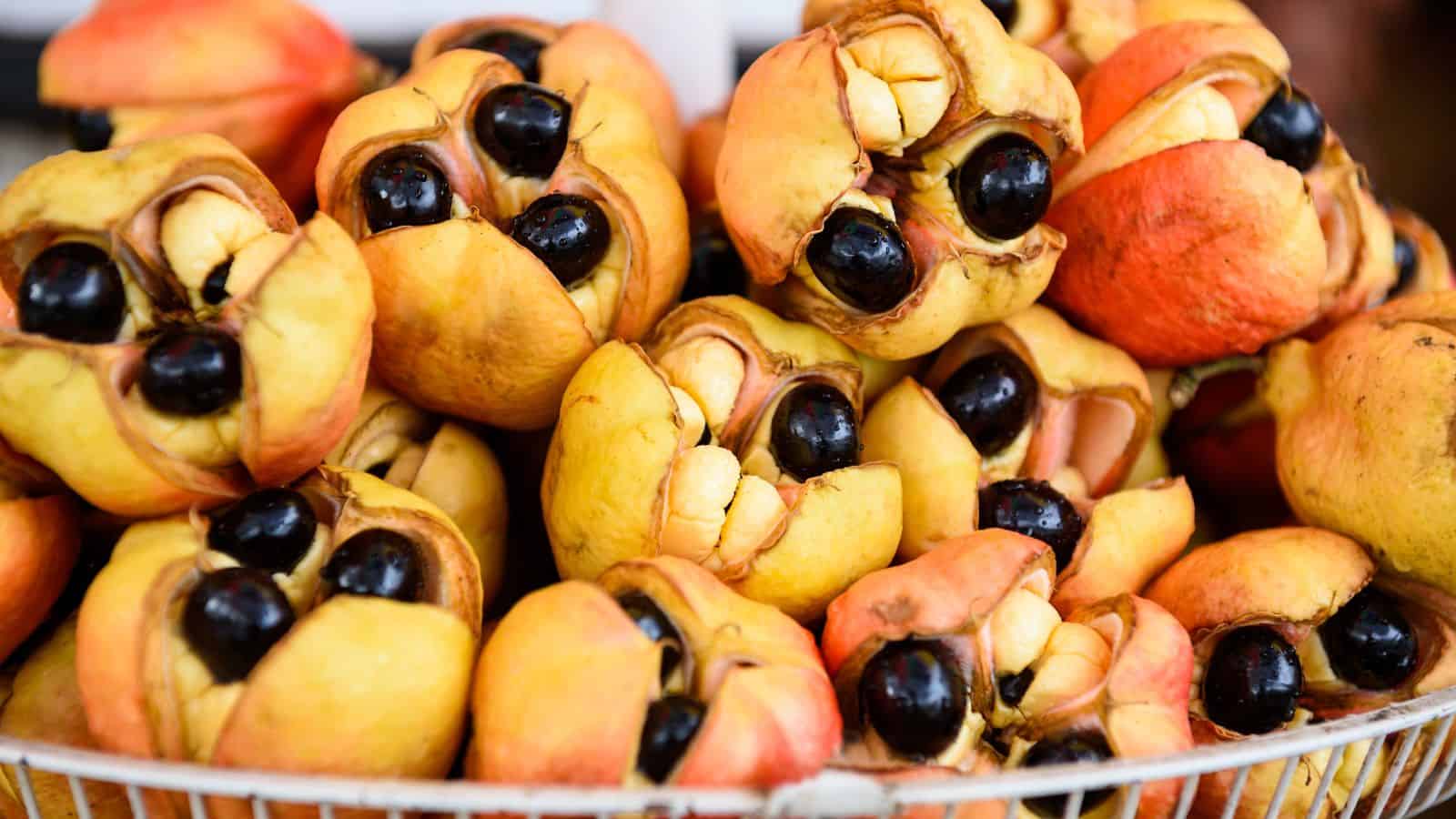
Ackee is Jamaica’s national fruit, but it’s cooked and eaten as a vegetable and is a key part of the country’s national dish, ackee and saltfish. Unripe ackee contains hypoglycin, a toxic substance that can cause “Jamaican vomiting sickness,” so it shouldn’t be eaten until it’s ripe.
Raw Milk

Raw milk hasn’t been pasteurized, which is the process of heating the liquid to kill pathogens and extend its lifespan. The CDC explains that it “can carry harmful germs, such as Campylobacter, Cryptosporidium, E. coli, Listeria, Brucella, and Salmonella,” and that it’s “one of the riskiest foods.” Registered milk production farms can legally sell it in England, Wales, and Northern Ireland.
Cassava (Manioc)
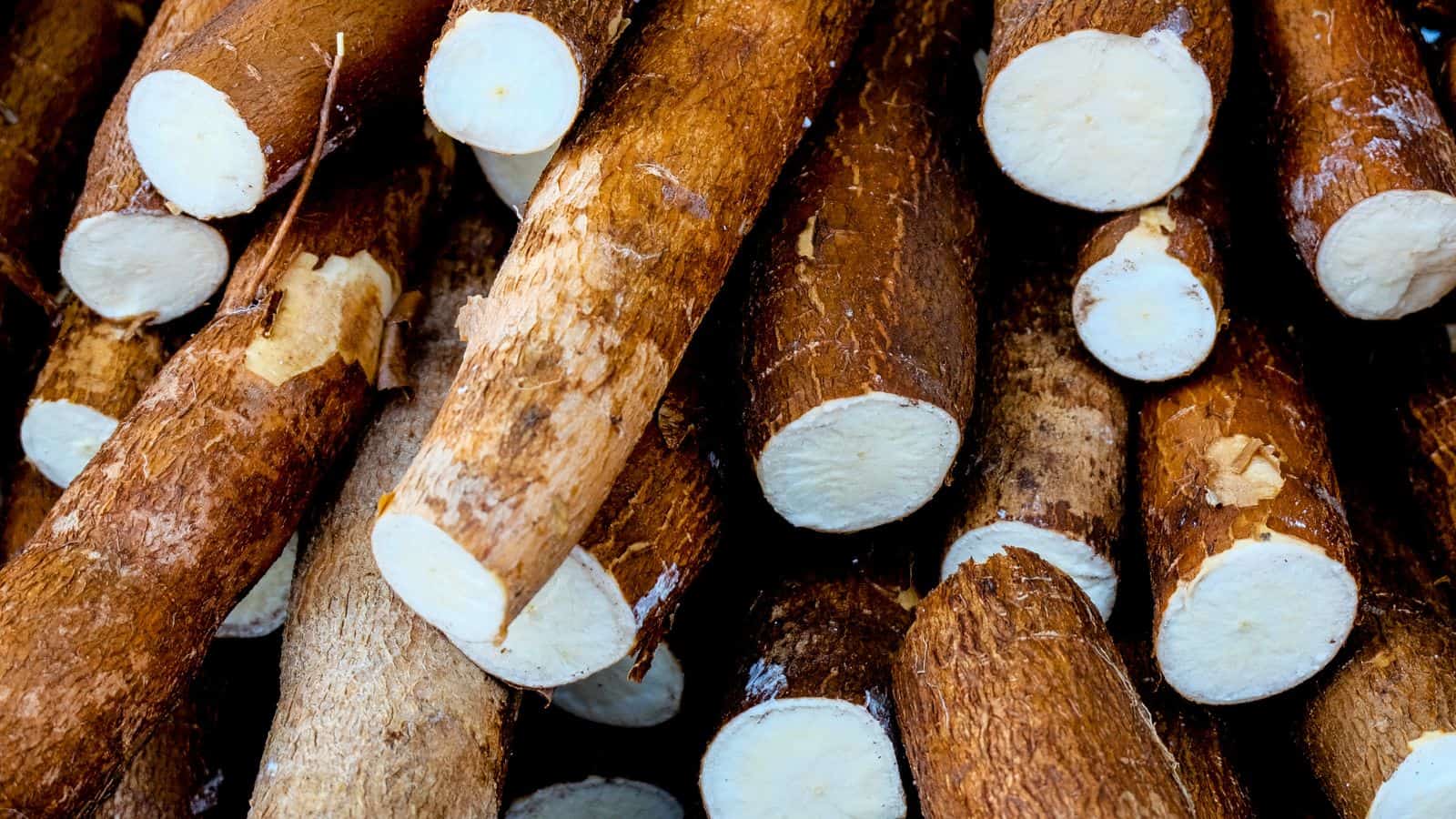
Cassava is a nutritionally rich root vegetable that grows in tropical regions worldwide. Proper cooking and preparation are required to neutralize the cyanogenic glycosides in raw cassava and avoid cyanide poisoning.
Red Kidney Beans
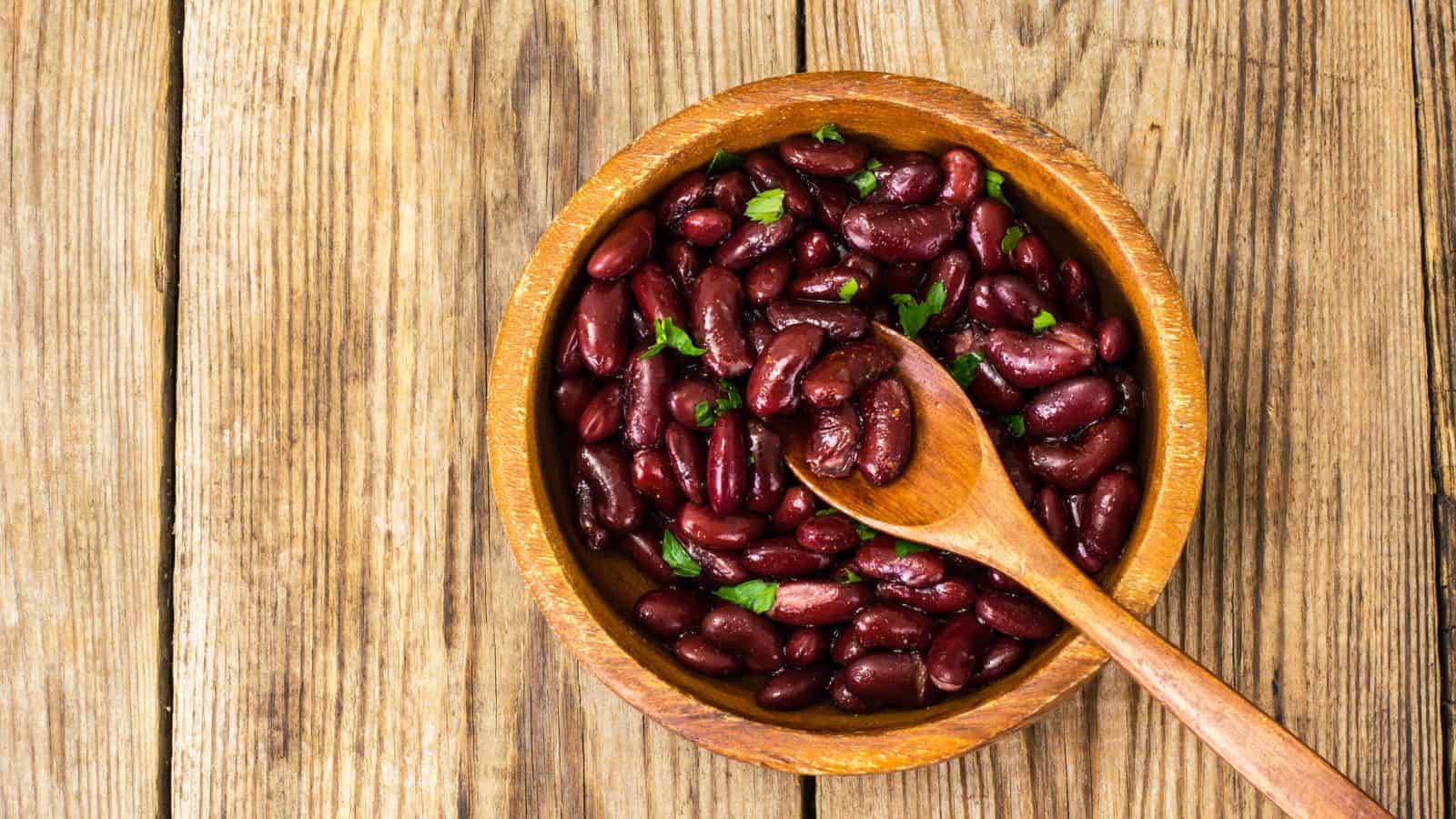
Red kidney beans are great sources of healthy proteins, minerals, and vitamins. However, raw kidney beans contain high levels of phytohemagglutinin, a toxic lectin, so they must be soaked and cooked thoroughly to avoid nausea and vomiting.
Elderberries
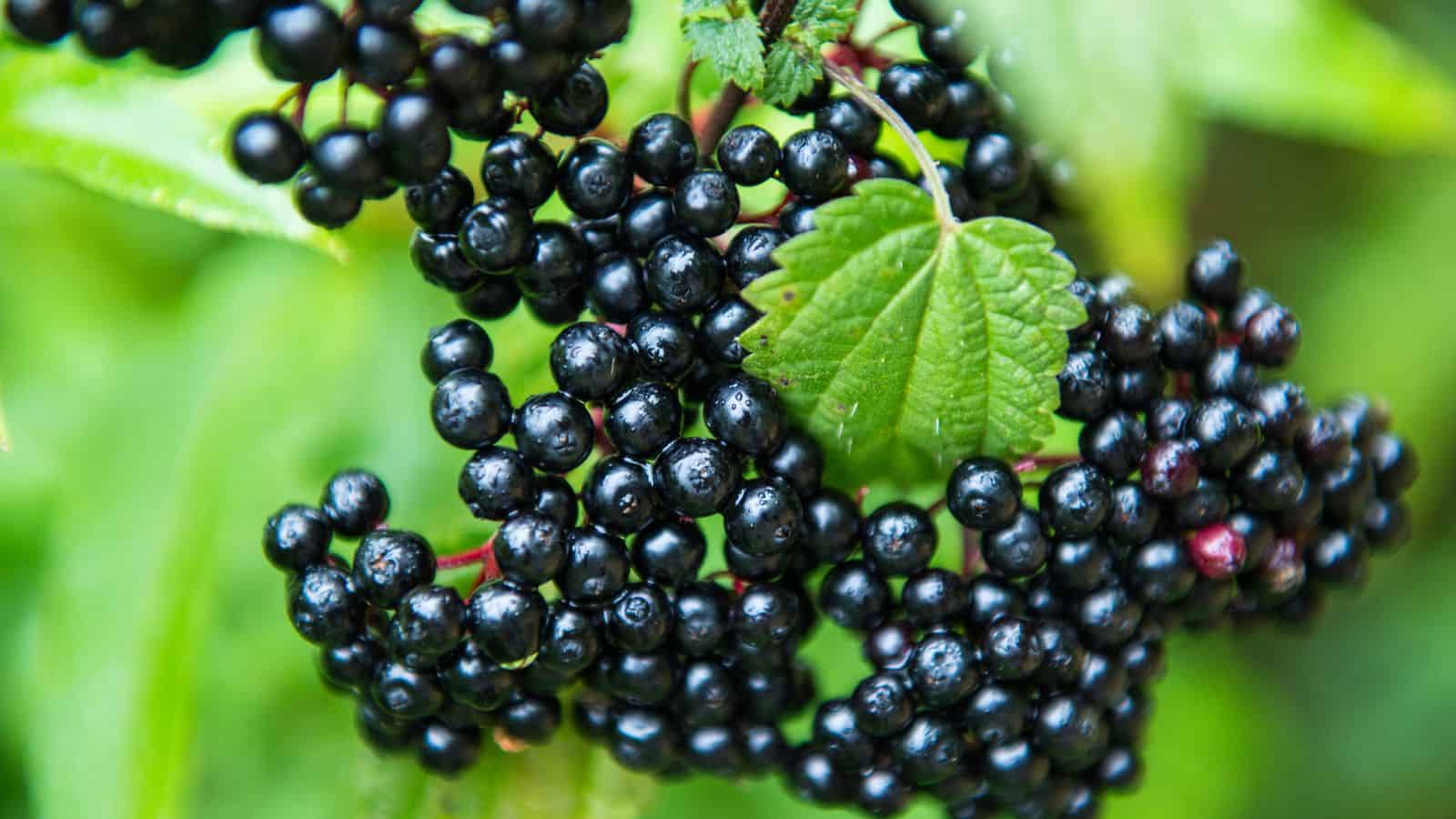
Elderberries are nutritious, packed with antioxidants, vitamin C, and dietary fiber, and can improve cold and flu symptoms. They should be cooked before eaten, as unripe berries contain cyanogenic glycosides, which can cause nausea and vomiting.
Hot Dogs

Hot dogs are an American staple food, served at football stadiums and sold nationwide in cans and jars. They can potentially be contaminated with listeria bacteria, which can cause chills, headaches, and an upset stomach, so it’s best to reheat them after refrigeration.
Nutmeg
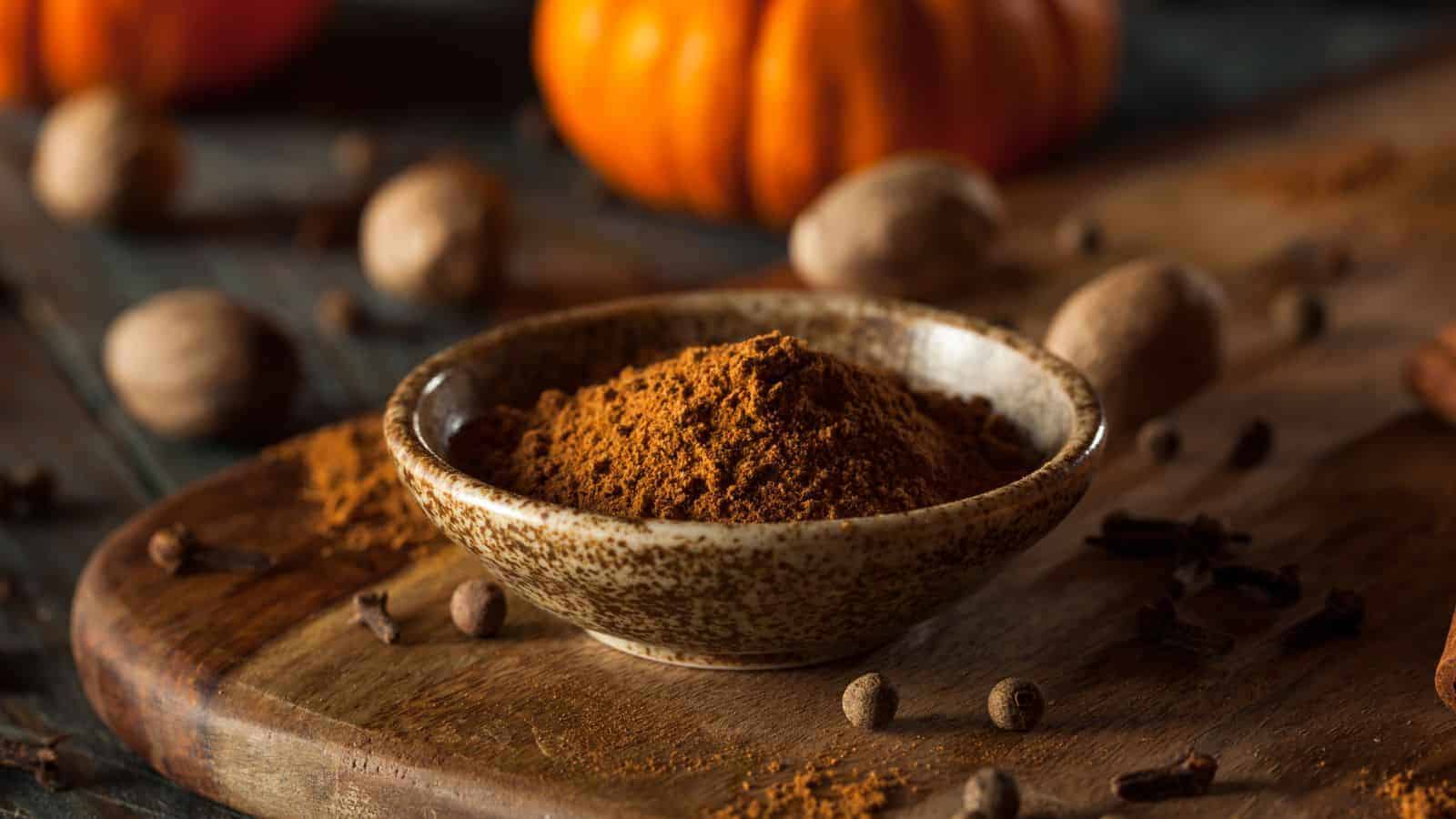
Nutmeg is a popular spice used in savory and sweet dishes. However, it contains myristicin, which can be a dangerous and potent compound if ingested in large amounts and lead to hallucinations and nausea. To avoid this risk, using small amounts of nutmeg when cooking is best.
Fugu (Pufferfish)
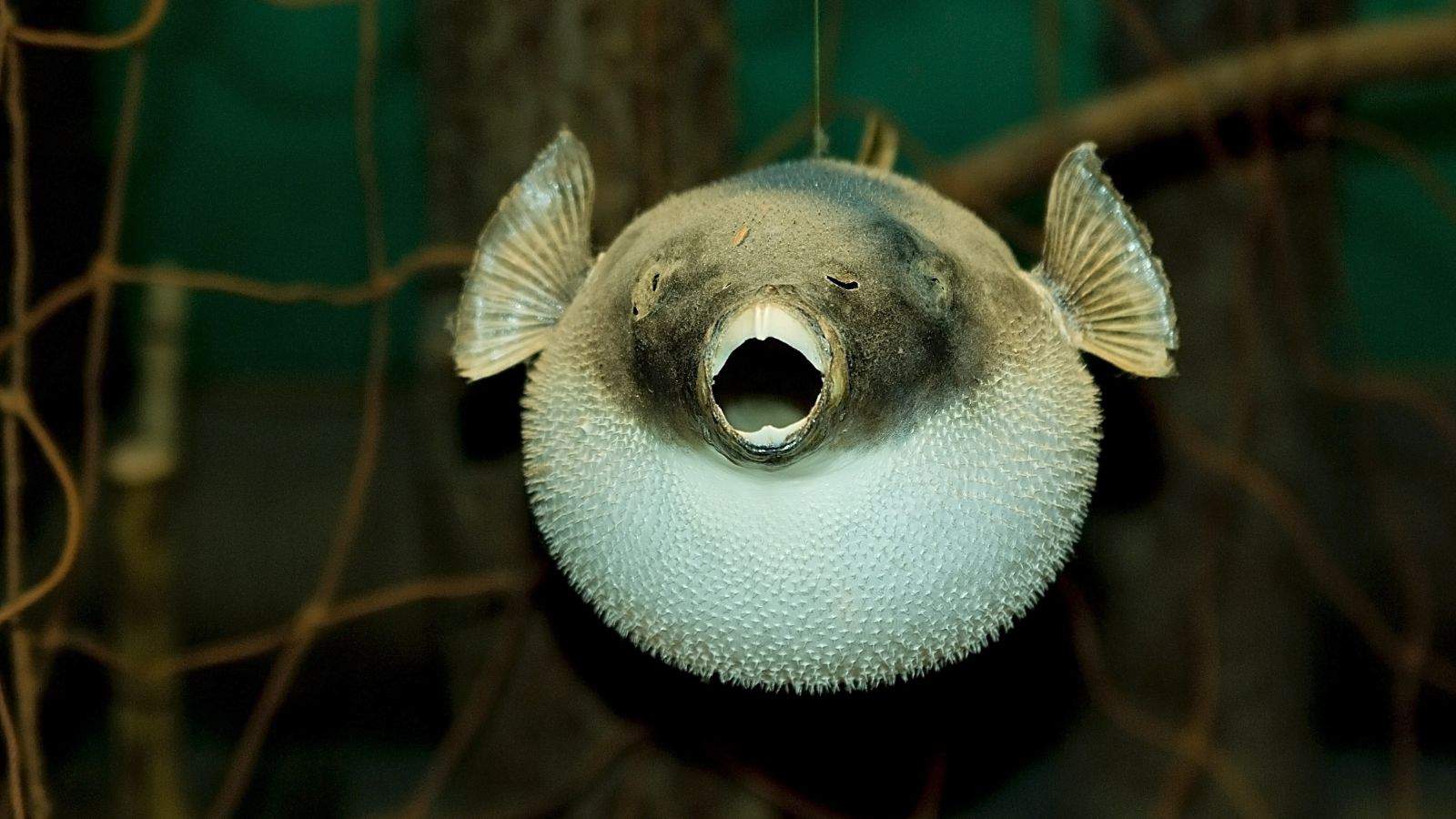
The fugu, or pufferfish, contains tetrodotoxin, a potent neurotoxin 1,000 times stronger than cyanide. It’s been eaten in Japan for hundreds of years, but it must be properly prepared to avoid poisoning consumers. Travel + Leisure explains that in Japan, “only registered chefs with special licenses can create meals with this finicky fish.”
Rhubarb Leaves
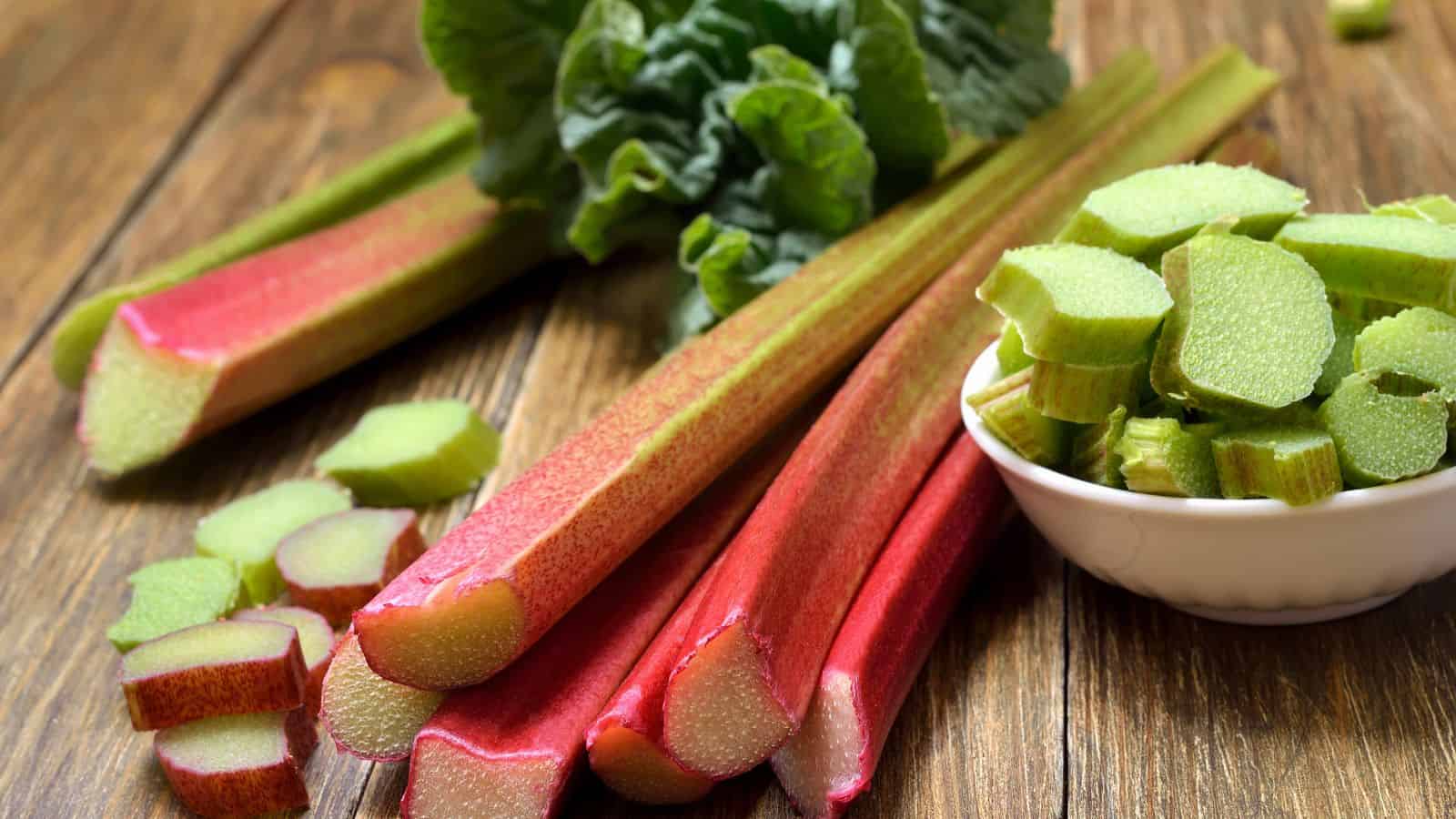
While rhubarb stalks are a popular sour fruit used in crumbles and puddings, its leaves are best avoided. They contain dangerous levels of oxalic acid, which can lead to hyperoxaluria and, eventually, kidney stones.
Bitter Almonds
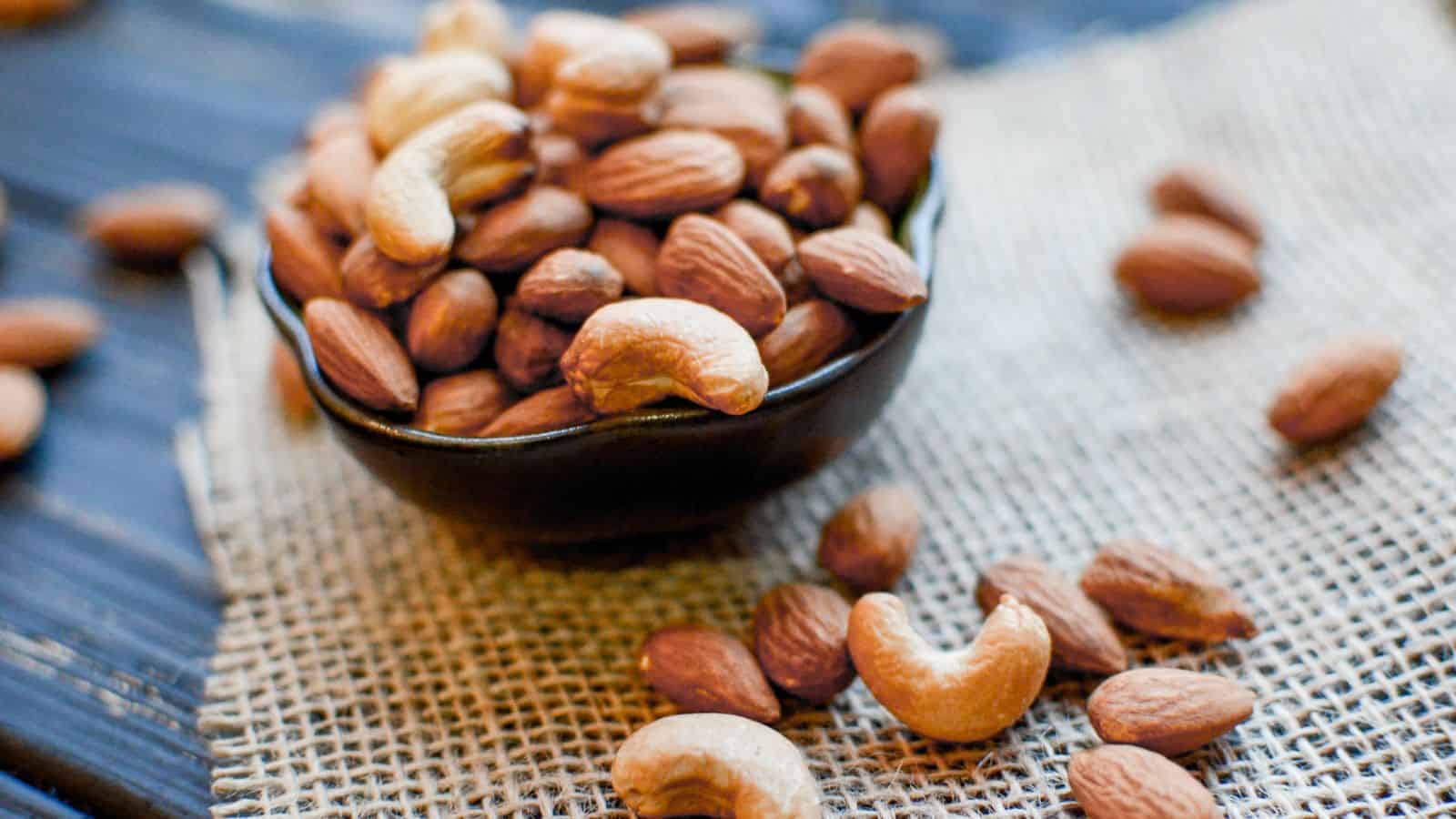
Unlike sweet almonds, bitter almonds must be cooked before they can be safely eaten. They’re typically not sold in America because eating seven to ten can kill a child due to their hydrocyanic acid content, which releases cyanide.
Raw Shellfish
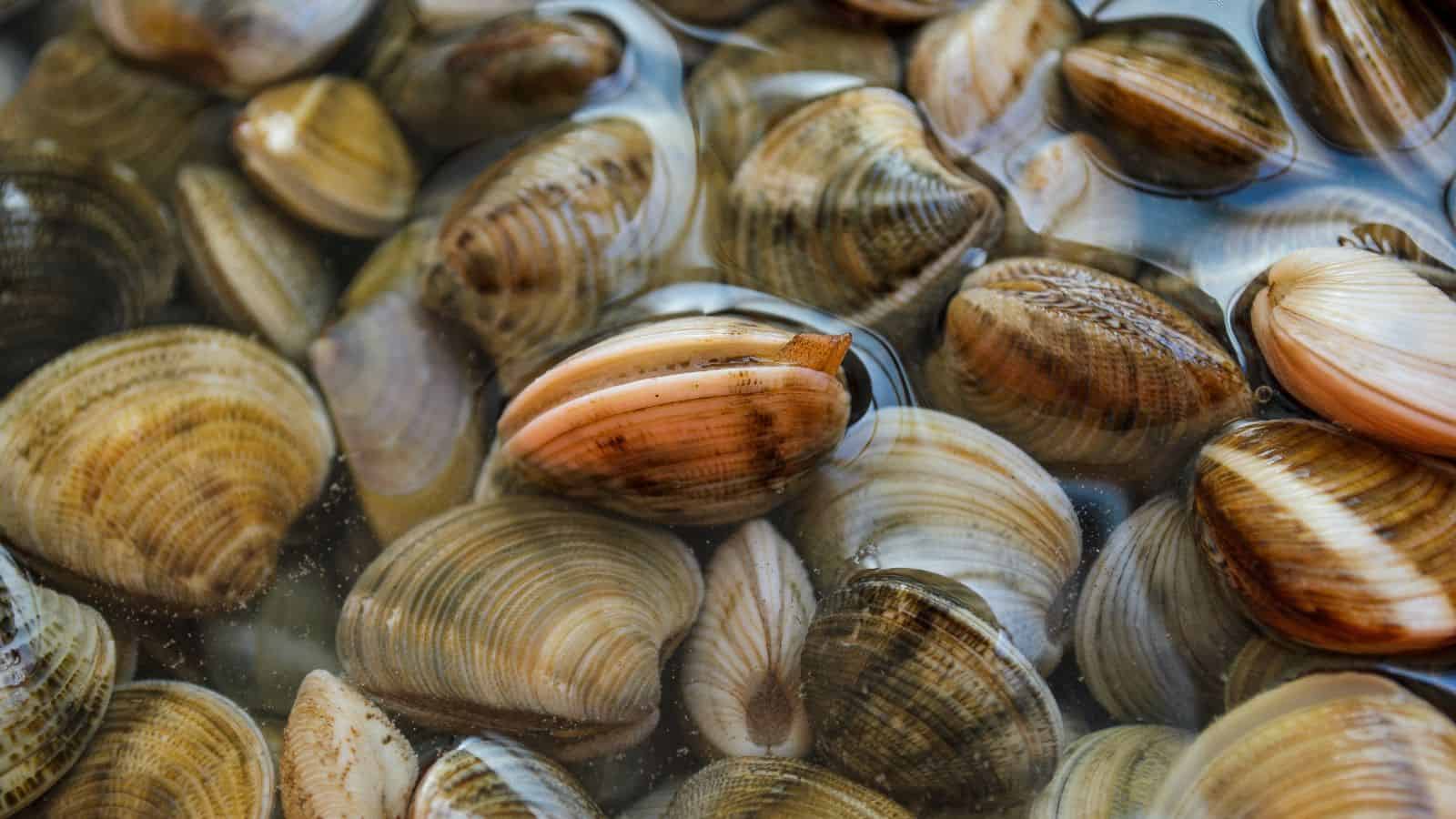
Millions of Americans regularly eat raw shellfish, including clams and oysters. The New York State Department of Health explains that raw shellfish can cause serious illness and even death because of vibriosis, “an illness caused by a bacterium found naturally in warm, saltwater, coastal environments.”
Starfruit (Carambola)
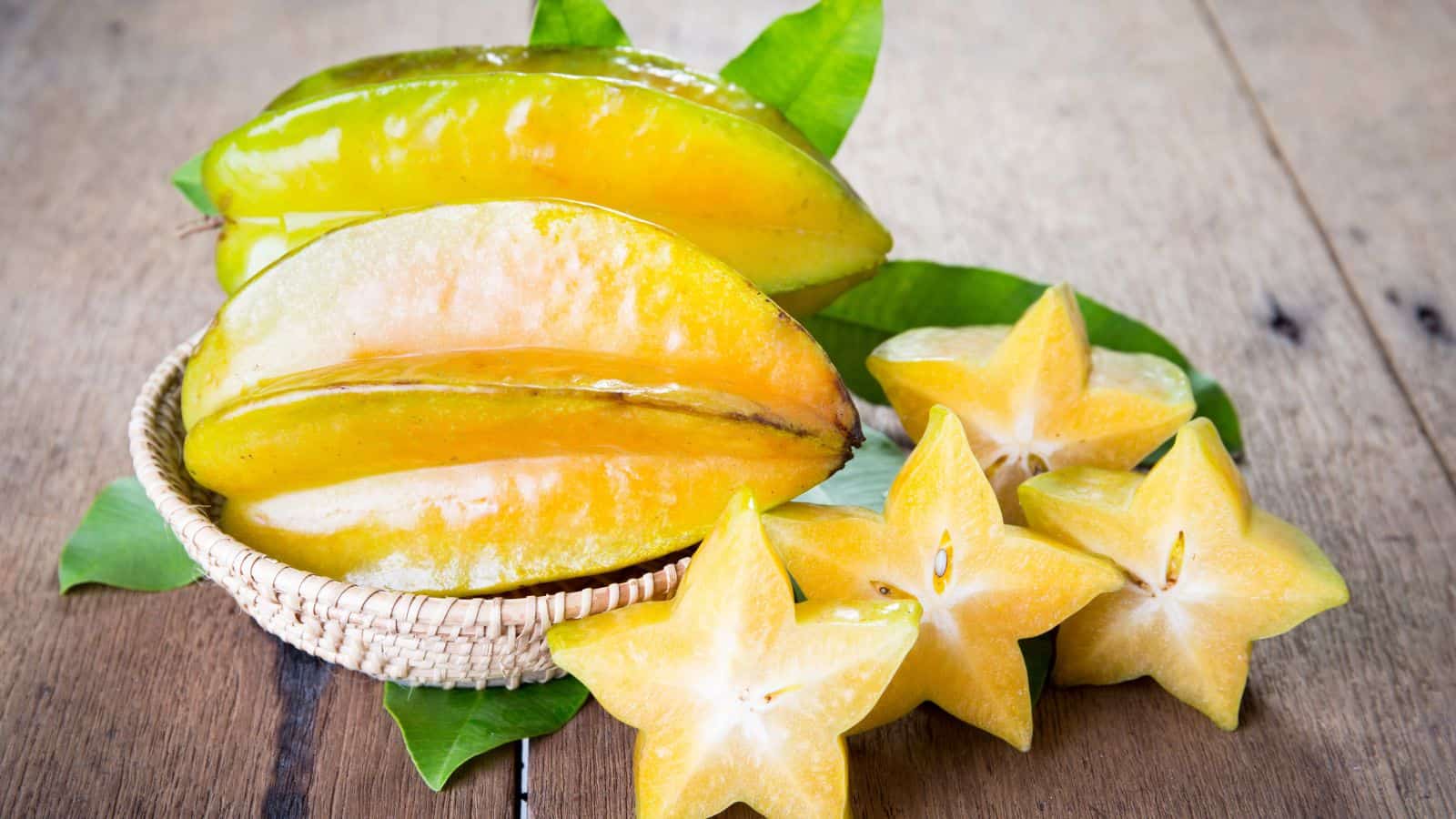
Starfruit, or carambola, gets its name from the shape of its cut cross-section. It contains the neurotoxin caramboxin and oxalic acid, which is dangerous if consumed in large quantities, especially for people with kidney disease. However, it’s generally safe in moderation for healthy individuals.
Raw Eggs

Raw, unpasteurized eggs are more likely to contain salmonella bacteria than cooked eggs. Healthline argues that “raw eggs have many of the same nutritional benefits as cooked eggs” but that “buying pasteurized eggs will lower your risk for infection.”
Unpasteurized Juices
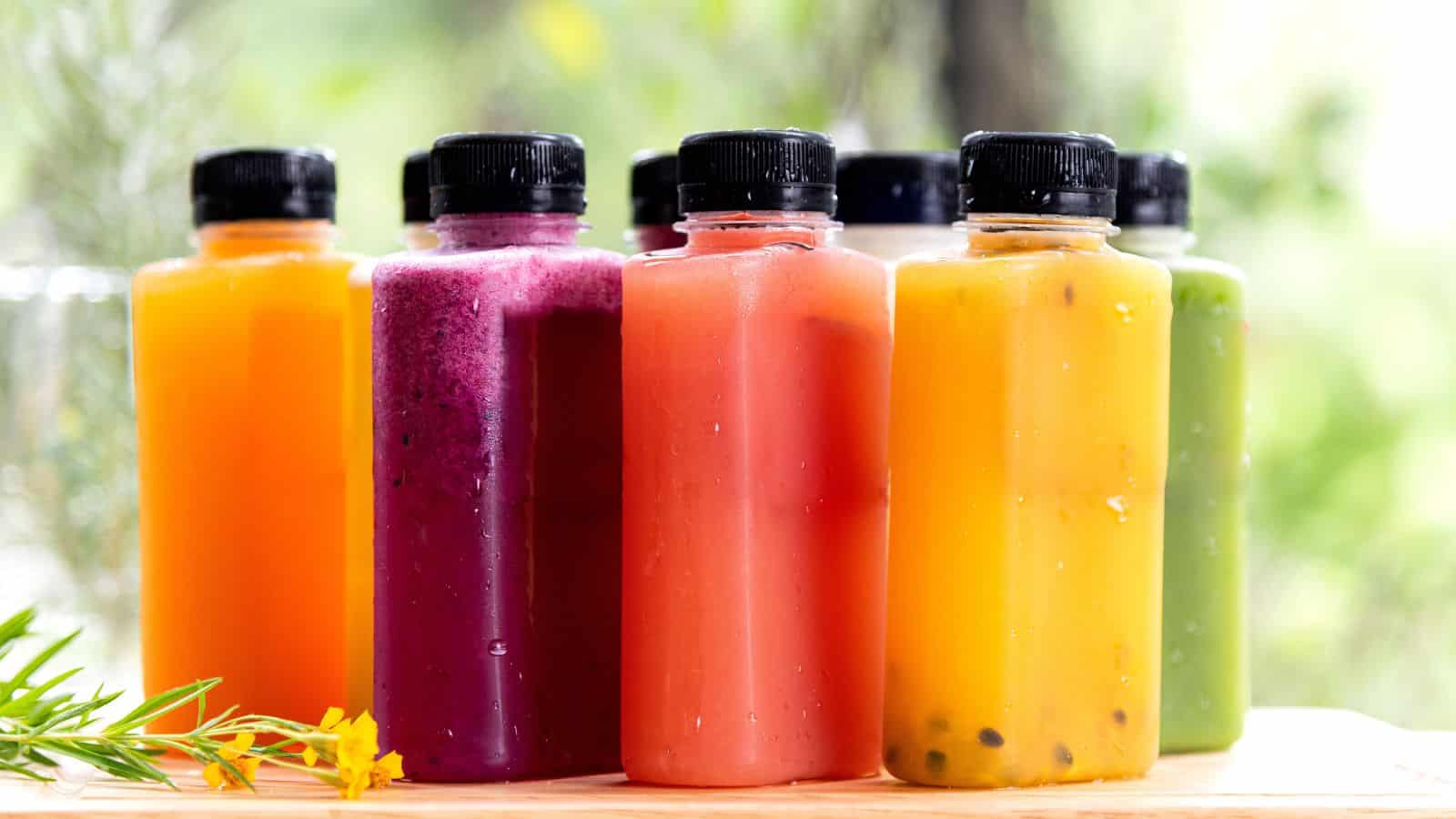
Unpasteurized, raw juice is usually safe to drink because the fruits and vegetables it contains are properly cleaned and treated. However, it can contain harmful bacteria like E. coli, so immunocompromised people should avoid it.
Hákarl (Fermented Shark)
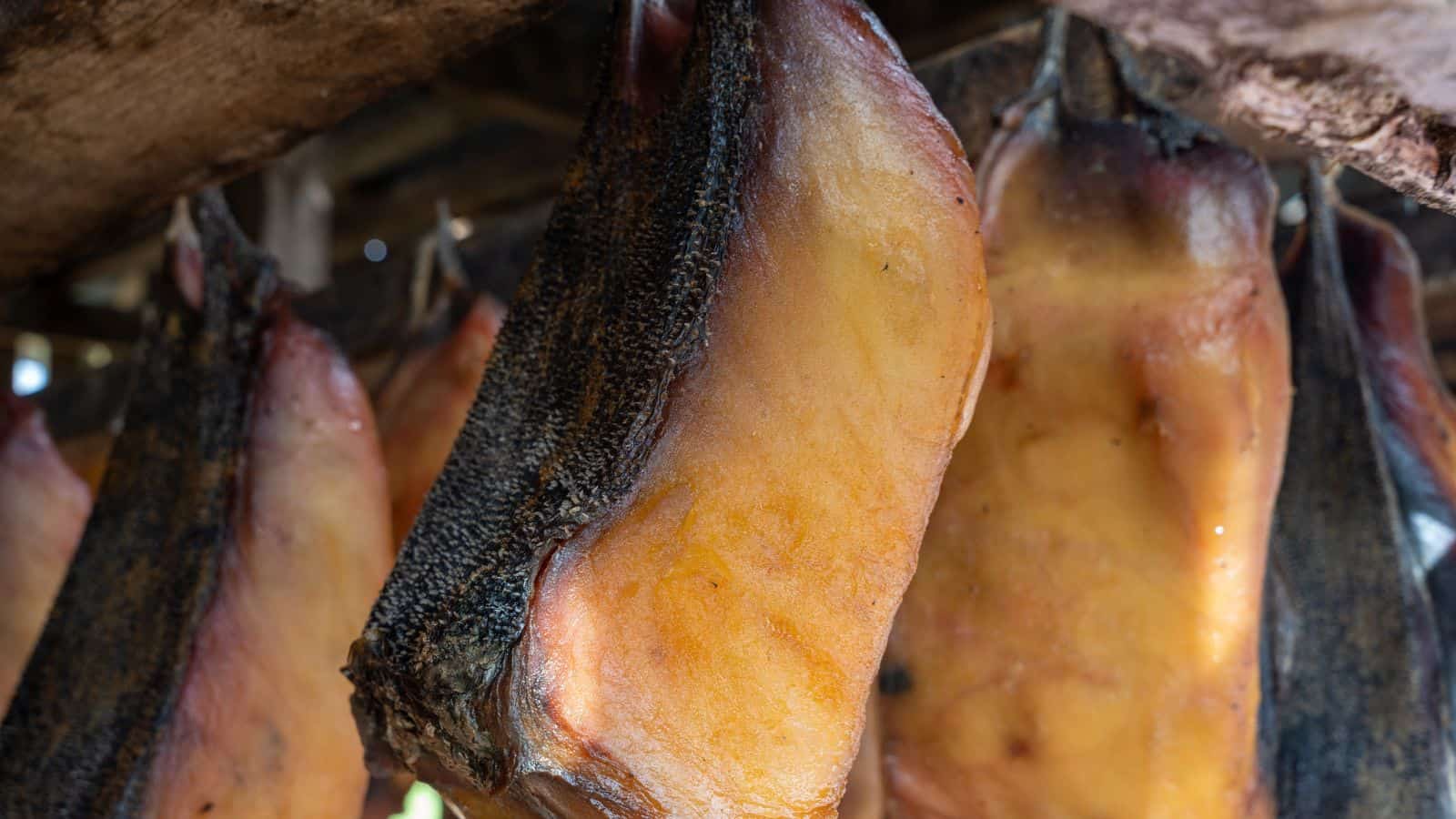
Fermented shark, or hákarl, is Iceland’s national dish. It consists of Greenland shark fermented and hung to dry for four to five months. It is safe to eat if properly prepared, but most people are unable to stomach its strong smell and taste.
Green Potatoes
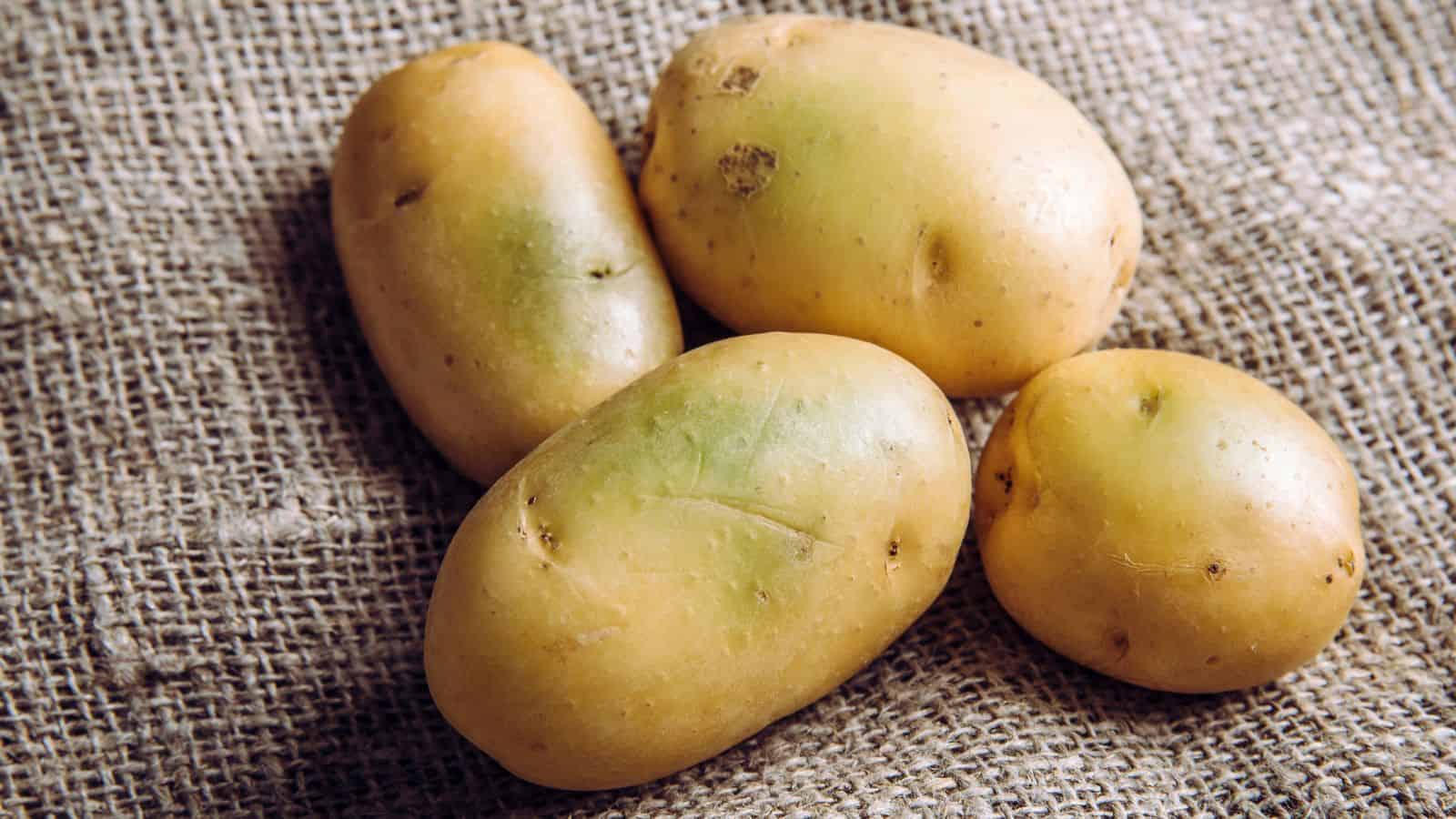
Potatoes stored in warm, bright places will produce chlorophyll and solanine and prepare to sprout, turning them green. Britannica warns that solanine is a neurotoxin and that cooking doesn’t destroy it, “so the green parts of potatoes should be removed entirely.”
Casu Marzu (Maggot Cheese)
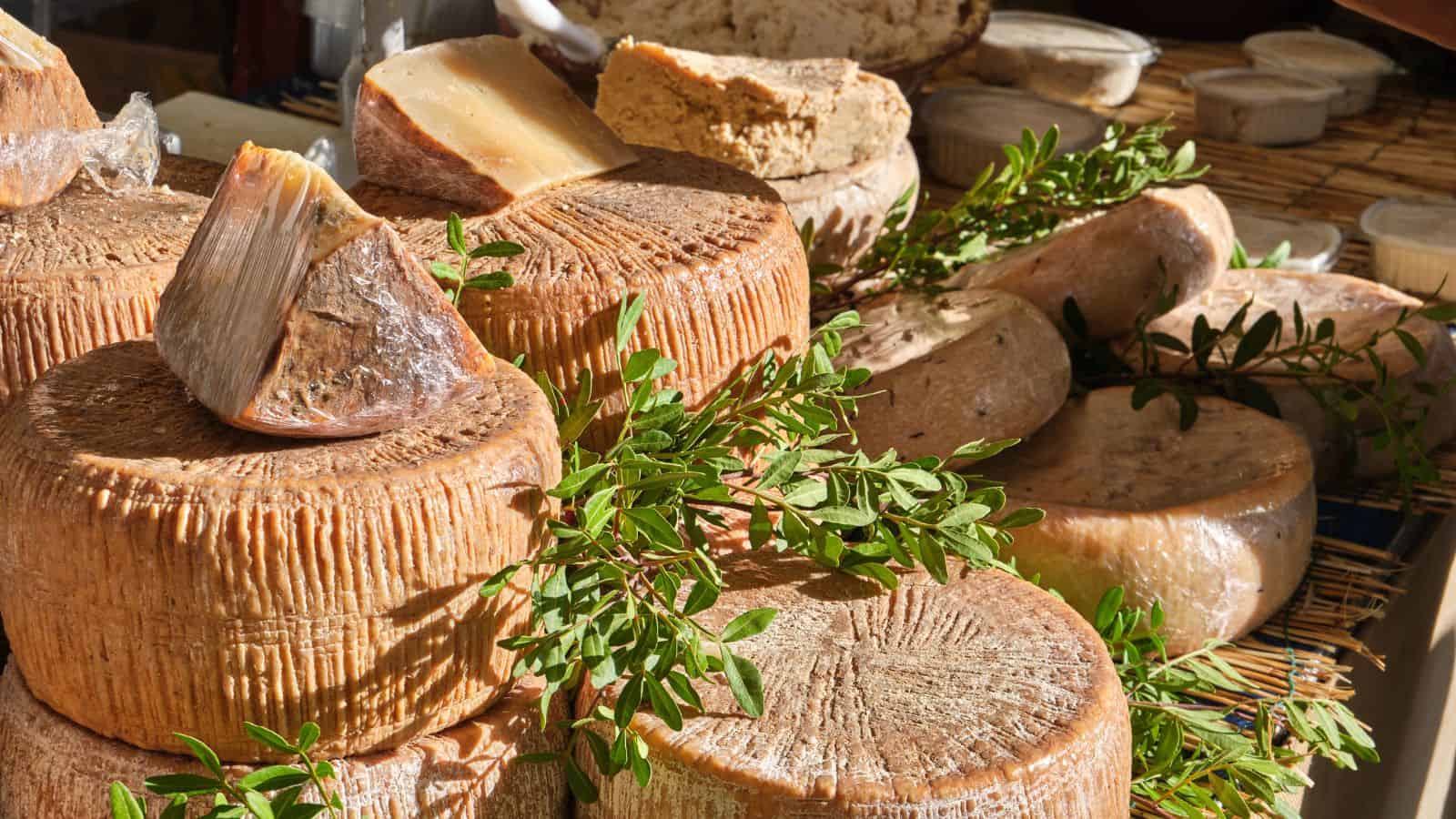
Casu marzu, or maggot cheese, is a traditional Sardinian cheese that contains live maggots. It’s banned in America and the EU over concerns that larvae can survive in the intestine and cause vomiting and abdominal pain.
Raw Sprouts
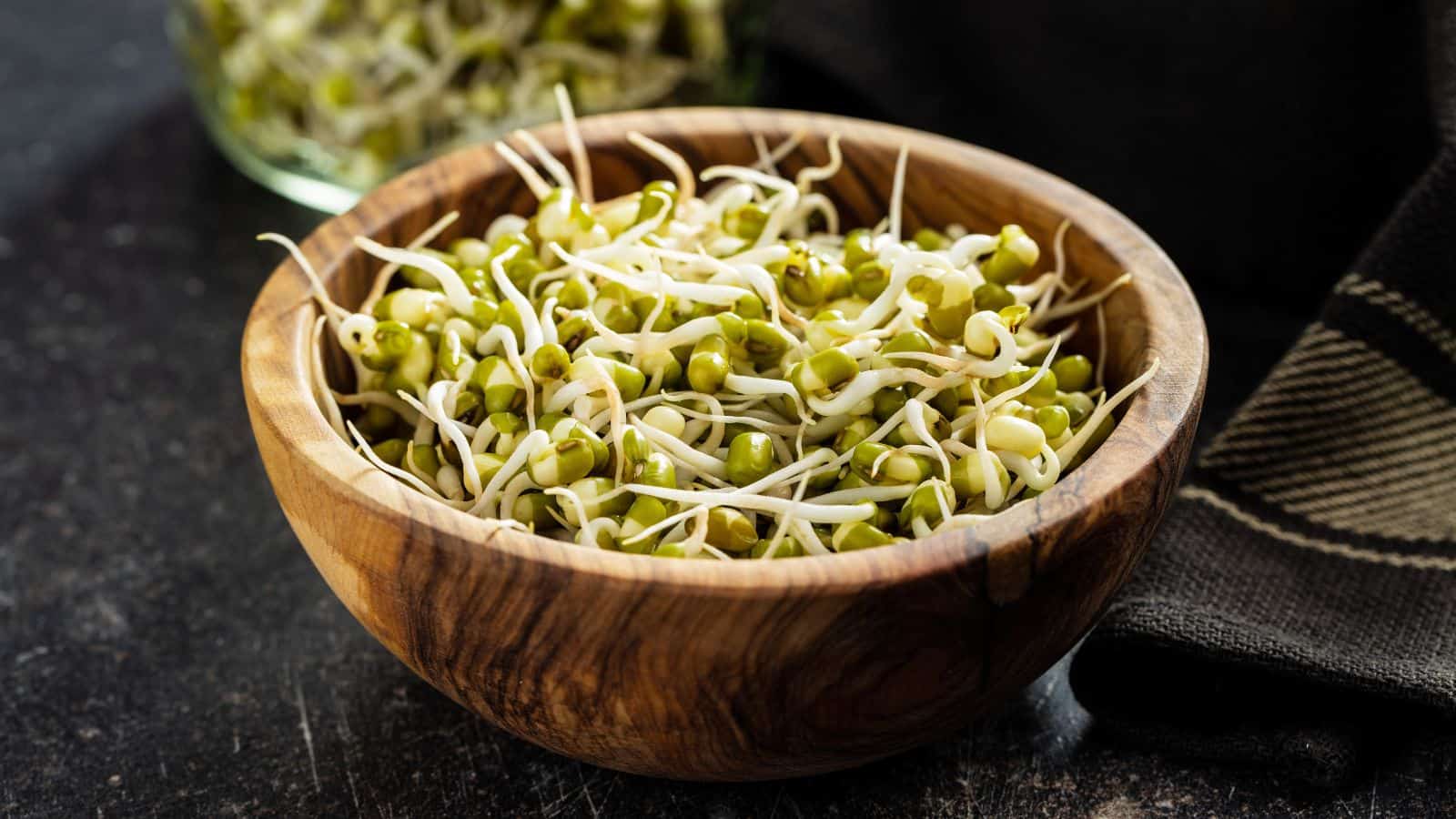
Raw Brussels sprouts can be eaten, but they contain glucosinolates, which can lead to iodine deficiencies that cause thyroid issues. It’s best to cook them to reduce their glucosinolate content and kill any harmful bacteria.
Cassowary Fruit
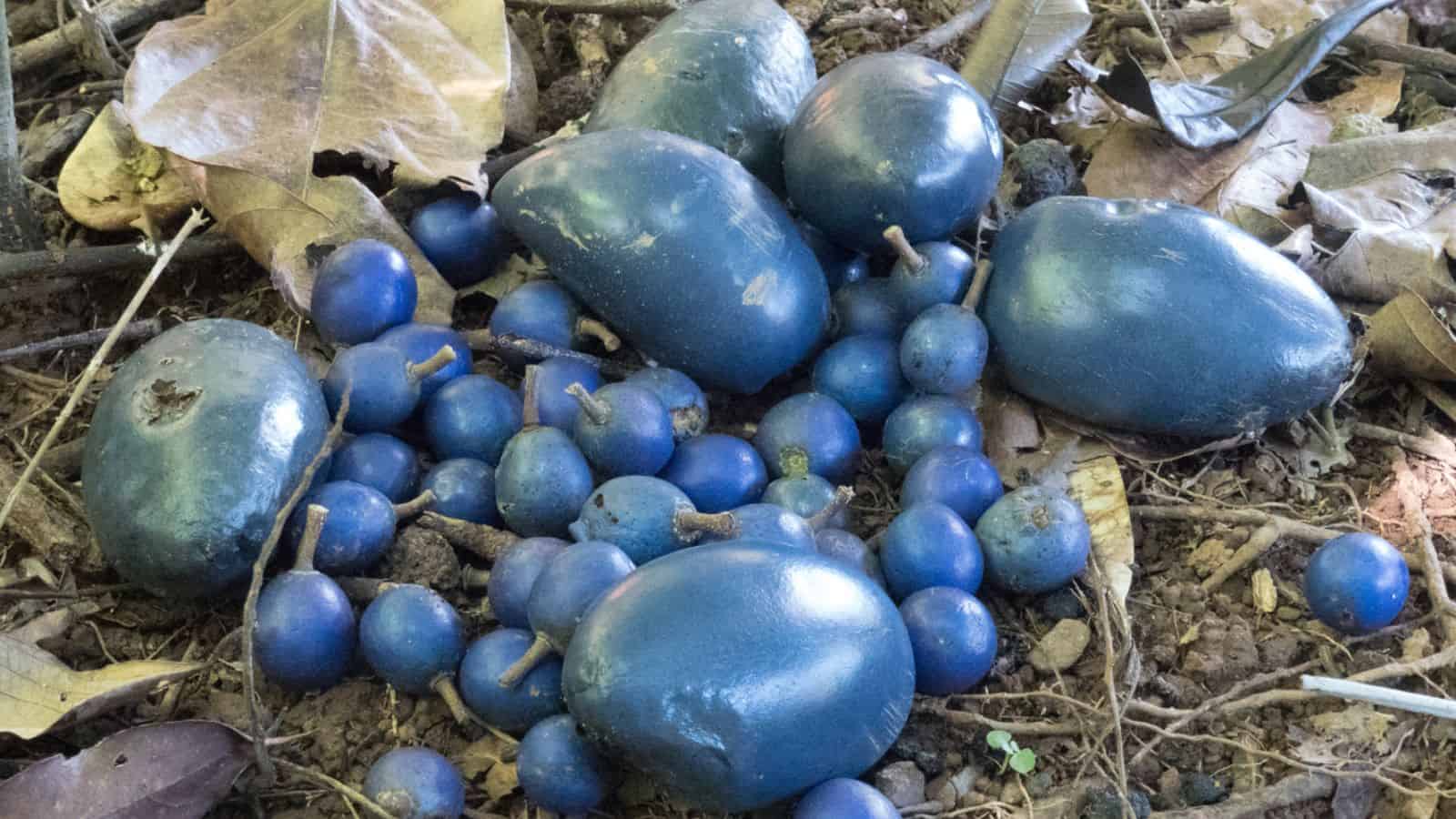
Cassowary fruits are bright bluish-purple and have a large single seed similar to an avocado. The fruit is poisonous to humans and most animals but is a favorite of the southern cassowary, which can eat it without ill effect.
Up Next: 17 Behaviors That Make People Think Less of You

If you want to be accepted by those around you, you have to behave in certain ways. Obviously, you should still be yourself, but there are certain social ‘rules’ people should abide by, like avoiding these 17 behaviors that make people think less of you.
17 BEHAVIORS THAT MAKE PEOPLE THINK LESS OF YOU
20 Signs Someone Is Only Pretending to Care

Whether it’s to avoid hurting your feelings or if it’s part of a more elaborate plan to deceive you for benefits, people pretend for many reasons. The main theme with them, though, is that their actions never match the sugar-coated words that come out of their mouths. So that you don’t fall for someone like this, we’ve compiled 20 signs for you to look out for.
20 SIGNS SOMEONE IS ONLY PRETENDING TO CARE
18 Items at Walmart that Aren’t Worth Your Hard-Earned Money

For many of us, Walmart is the go-to superstore. Whether we need groceries, clothing, or technology, Walmart is a one-stop shop for everything you would need. However, there are some Walmart products you should avoid at all costs, such as the following 18 examples.
18 ITEMS AT WALMART THAT AREN’T WORTH YOUR HARD-EARNED MONEY
